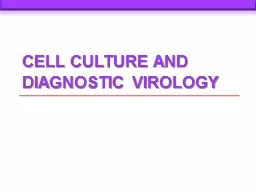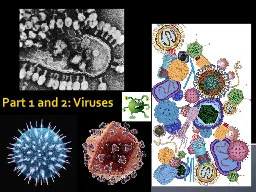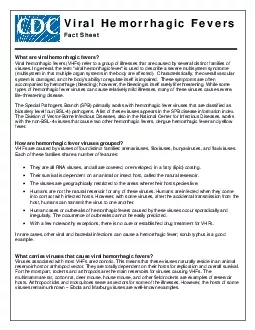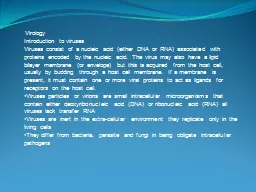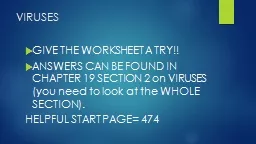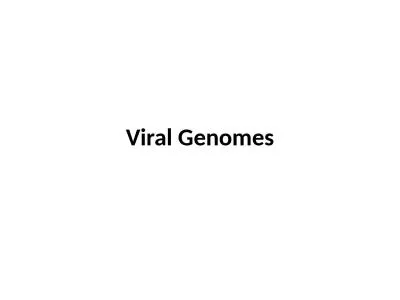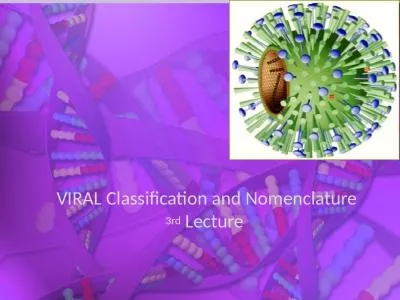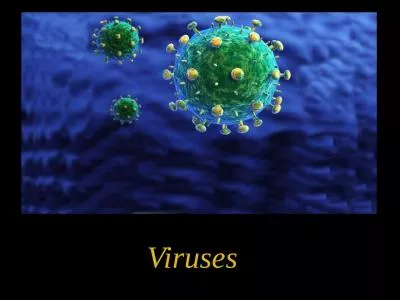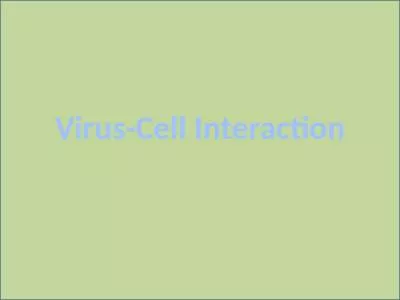PPT-Viruses TEKS Compare the structures of viruses to cells, describe viral reproduction,
Author : marina-yarberry | Published Date : 2018-12-17
VOCABULARY Virus Capsid Envelope Human Immunodeficiency Virus HIV Influenza Lytic Cycle Lysogenic Cycle Lysis Retrovirus Prerequisite questions What are the eight
Presentation Embed Code
Download Presentation
Download Presentation The PPT/PDF document "Viruses TEKS Compare the structures of v..." is the property of its rightful owner. Permission is granted to download and print the materials on this website for personal, non-commercial use only, and to display it on your personal computer provided you do not modify the materials and that you retain all copyright notices contained in the materials. By downloading content from our website, you accept the terms of this agreement.
Viruses TEKS Compare the structures of viruses to cells, describe viral reproduction,: Transcript
Download Rules Of Document
"Viruses TEKS Compare the structures of viruses to cells, describe viral reproduction,"The content belongs to its owner. You may download and print it for personal use, without modification, and keep all copyright notices. By downloading, you agree to these terms.
Related Documents


